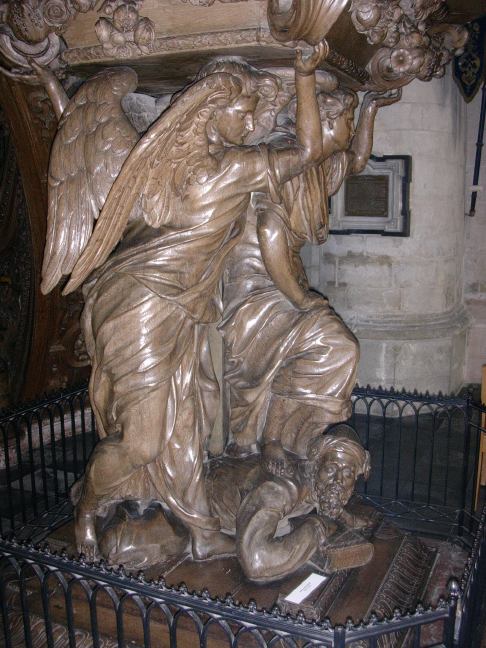The campaign to SAVE SPIEGELHALTERS in the Mile End Road has now been running for three weeks. We have more than 1,800 supporters and have been featured prominently in the national press - the Financial Times, The Independent and The Observer - as well as online and on BBC Radio London. The response has been overwhelmingly positive, the comments posted online by turns movie and inspiring. Matt Yeoman, the man behind the scheme has delivered a defence to the Architects Journal. It's all been great fun.
Another online campaign began last work, to preserve the murals by Eduardo Poalozzi that decorate Tottenham Court Road underground station. Around 5% of these are likely to be destroyed during CrossRail construction work. These murals are, we awe told, "one of London's most loved pieces of public art since they were erected in 1984."
I've blogged aboout Paolozzi's work before and I have to admit I'm no fan. I bracket him with writers such as Ursula K. Le Guin, but don't ask ne to explain why.
To my surprise the Paolozzi campaign has, within just a few days, attracted more than double the number of signatures of the Save Spiegelhalters petition, even though in our case we're fighting to preserve an historic landmark from complete obliteration. These forty-year-old murals seem to have caught the public affection and imagination. I've signed the petition because although I don't like the murals I'm opposed to the gratuitous destruction of anything just to save a few bob, and because I recognise that for many people the murals mean something special, and even improve the otherwise ghastly experience of using the station.
But I'm very surprised to hear them described as 'most loved'. Perhaps it's because our public sculpture in general is so rotten there's little competition, even from Paolozzi himself. Perhaps because Paolozzi is hard to like as an artist - or, to be more precise, his work is hard to like. In West London, just behind Olympia, is a huge building that acts as a kind of lumber room for London's main museums, a colossal archive not open to the general public, that I use occasionally for research. The lobby has, on permanent display, a fraction of Paolozzi's private archive of mid-century pop culture stuff - games and toys, mechanical robots and ray guns and rubber monsters and so on. A huge amount of material, some of it quite covetable. One's feeling, though, is that he was less of a collector than a hoarder. Also that what he did with his sources, his works on paper and his sculptures (including mosaics) is less than persuasive - all gong and no dinner.
The bigger truth is that I've always disliked Tottenham Court Road station, to such an extent that I've long gone out of my way to avoid using it. The Paolozzi murals were just part of an emphatically dispiriting and haphazard environment - decades worth of unfinished 'improvements' that left wires and cables dangling at head height, grubby and dented panelling, exposed concrete and, everywhere, a sense of neglect and dereliction and malaise. It was always crowded, poorly lit, confusing and depressing, although one might argue this worked well as a preparation for the equally miserable spectacle awaiting passengers outside - the horrible squalor of eastern Oxford Street. The Thatcherite 1980s hold little appeal for me either, and I associate (perhaps wrongly) the commissioning of the Paolozzi murals as a malign example of early management culture, of wrong priorities. At the time they seemed an unjustifiable extravagance for a cash-strapped organisation.
But you don't have to like something to support its preservation. The murals are now embedded in the popular imagination, thousands of people like and admire them and we can't allow CrossRail to smash up even more of the West End. You can sign the Paolozzi petition here. here.






